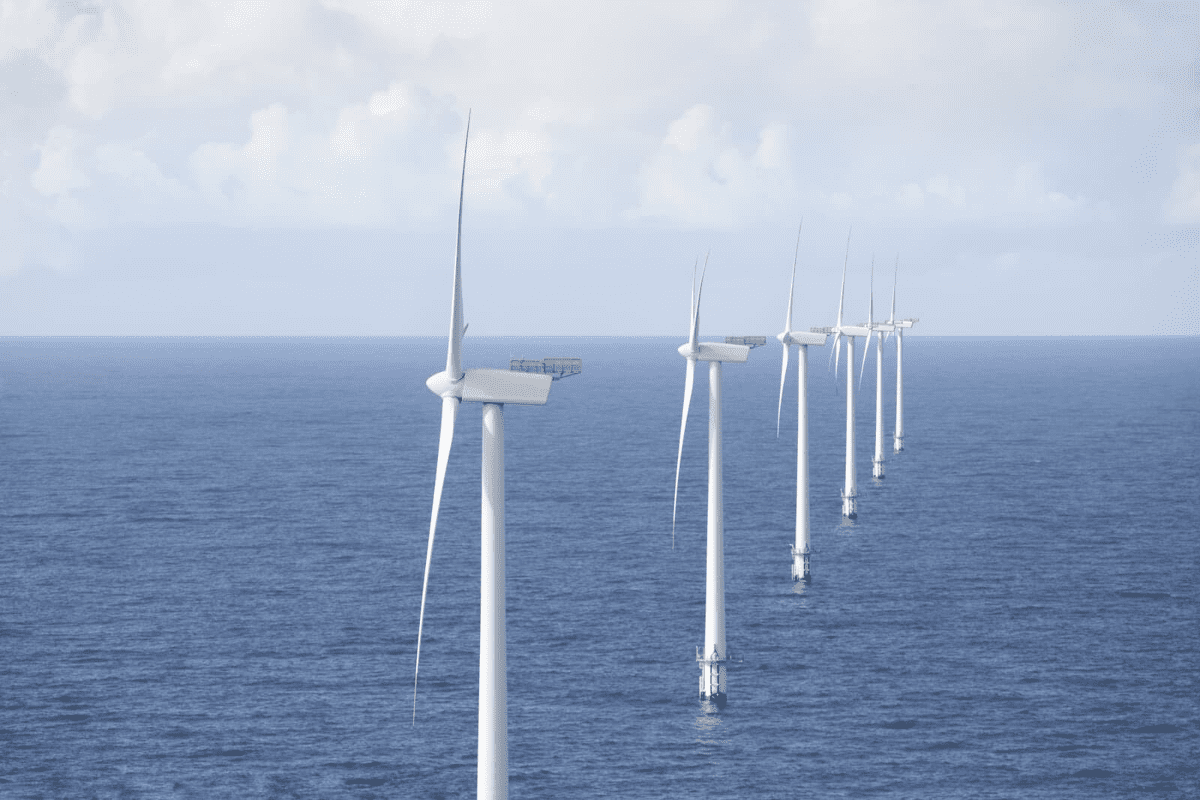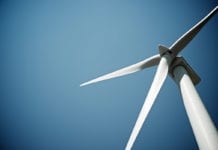
To mark Global Wind Day 2023 on June 15, ABB – which describes itself as the largest supplier of electrical components to the wind industry around the world – discusses the measures needed to achieve the UK’s goals in relation to offshore wind power.
To meet UK government targets to grow offshore wind power capacity from 13.7 GW to 50 GW by 2030 – a 265 percent increase – a further 24 wind farms with an average 1.5 GW[i] capacity will need to become operational during the next seven years.
If achieved, the UK’s electricity supply from offshore wind will jump from 18 percent to 62 percent[ii], delivering renewable energy to every UK household, approximately 29.98 million homes, with a surplus available to export and power a further 37 million homes in neighboring countries. Offshore wind currently powers 15.28 million UK homes annually[iii].
But what will be required to deliver this 265 percent capacity increase?
“In order to reach the UK’s ambitious targets, we must collectively find ways to bring down the cost of developing new wind farms, speed up the planning and permitting processes, secure the supply chain and deliver network infrastructure upgrades to support the massive growth in power flows and connections to the grid,” says Per Erik Holsten, Head of ABB Energy Industries for Northern Europe. “If we get this right, we could help the UK resolve the current energy pricing crisis and significantly grow the UK’s export capability, all the while delivering a cleaner form of electricity to industry and consumers.”
ABB is actively involved in seven key offshore projects across the UK. Collectively they represent 9 GW of offshore wind power capacity and include the world’s largest wind farm at Dogger Bank, located more than 130 km off the northeast coast of England.
Electricity generated from wind currently accounts for almost a third (32.4 percent) of the UK’s total electricity generation, having outpaced gas for the first time ever during the first quarter of this year[iv]. As one of the most cost-effective sources of energy, it is presently more than 50 percent cheaper than electricity produced from gas[v]. Furthermore, by 2030, the UK’s offshore wind sector is set to support more than 66,000 additional jobs[vi].
At the end of March, the UK Government announced a net zero plan called Powering Up Britain. This series of policy pledges includes accelerating the deployment of offshore wind in order to boost the country’s energy security, reduce household bills, and maintain a world-leading position in achieving net zero. It also features £160 million in funding to kick start the infrastructure investment needed to deliver the increase in floating offshore wind farms.
Notes
1 Calculated by dividing the capacity required 36.3GW by capacity of average sized wind farm. Average size is based on a 2022 National Grid ESO that assessed the impact the potential impact of a portfolio of 16 offshore proposed wind projects, with average capacity of 1.55 GW, whose developers were currently negotiating a grid connection.
2 Explanation of how the homes powered estimates have been calculated as follows:
The current level of offshore wind power energy produced has been sourced from RenewableUK. The estimation of homes powered by offshore wind power is based on a methodology used by RenewableUK, using the following information and assumptions:
- Annual energy produced is the product of installed capacity multiplied by the relevant load factor multiplied by the annual number of hours.
- Pre-2022 installed offshore capacity is based on historic information obtained from National Grid’s Future Energy Scenarios workbooks.
- The pre-2022 average offshore wind load factor reported by RenewableUK (which is based on published BEIS data). This load factor = 0.402.
- Expected future installed wind power capacity is based on information provided in National Grid’s Future Energy Scenarios workbooks.
- Load factors for offshore wind power installed from 2022 onwards are based on information provided in the Contracts for Difference scheme for renewable electricity generation Allocation Round 3 (2019). This load factor = 0.584.
- Average household consumption is assumed to be 3,509 kWh (based on UK Government data published annually December 2022.
This estimate considers factors such as the expected decline in importance of fossil fuel generation and the advent of nuclear supply from the Hinckley Point C power station currently under construction.
Estimates of potential future energy supply are based on workbooks published by National Grid in association with Future Energy Scenarios 2022, in particular the Systems Transformation scenario. The scenarios consider future annual supply from 10 domestic technologies (including offshore and onshore wind power, solar, fossil fuels, and nuclear). It also considers the potential for net imports or exports of energy through interconnectors.
3 Wind Energy Statistics – RenewableUK
4 Wind powers Britain more than gas for first time – Drax Global
5 Assessment of the comparative price of gas vs offshore wind power is based on an updating of a comparison produced by August 2022 by https://www.carbonbrief.org/analysis-record-low-price-for-uk-offshore-wind-is-four-times-cheaper-than-gas/
This assessment yielded the result that the average price of offshore wind power deriving from the most recent round of Contracts for Difference auction process was around nine times cheaper than the international price of natural gas prevailing in August 2022. However, the price of natural gas in 2022 was adversely affected by disruptions caused by the Russian invasion of Ukraine, and August 2022 represented a maximum price that gas reached in 2022. The price of gas has decreased significantly since August 2022 and is now (as of May 2023) close to the 5-year average over the period preceding the invasion (i.e., 2016-2021). Nevertheless, despite the correction in natural gas prices, the differential between the 2022 Contracts for Difference price and current gas prices are still in favor of wind. The current ratio of difference is around 2.2. (i.e., offshore wind is still around 2.2 cheaper than gas).
6 https://www.owic.org.uk/_files/ugd/1c0521_9ffe327ec7da4522b7991226db27fee6.pdf






